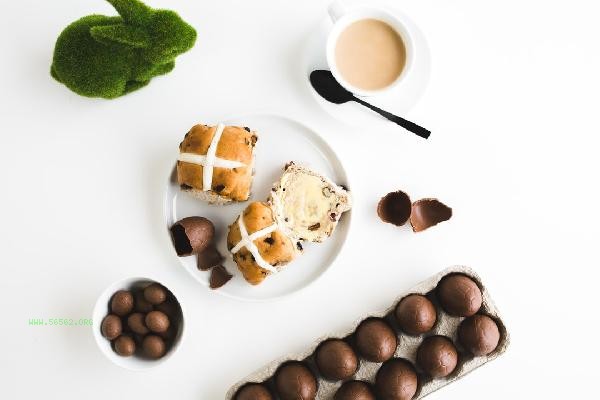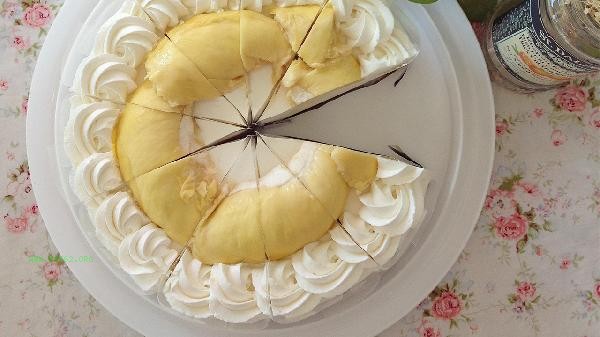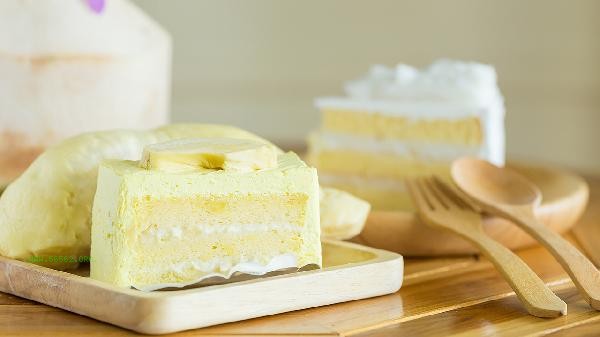The secondary heating of cakes can be done using a microwave, oven, or steamer, and different methods are suitable for different types of cakes.

The cake is heated quickly in a microwave but easily dries, making it suitable for moist cakes such as cheesecake. Place the cake in a microwave container, spray a small amount of water on the surface or cover it with a damp tissue, and heat it on low to medium heat for 10-15 seconds. Be careful not to heat continuously, check the softness and hardness after each heating to avoid overheating and deterioration of taste.

Oven heating can maintain the original flavor of the cake, suitable for fluffy types such as chiffon cakes. Preheat the oven to 150 degrees, spray water on the surface of the cake or wrap it in tin foil, and heat it in the middle layer for 5-8 minutes. A cake with cream needs to remove the cream layer before heating, as high temperatures can cause the cream to melt and affect its appearance and taste. Eating immediately after heating can achieve the best flavor.

Regardless of the heating method used, it is recommended to consume as soon as possible after heating to avoid water loss. refrigerated cakes need to be taken out and warmed up in advance, while frozen cakes need to be completely thawed before heating. Control the temperature and time during heating to avoid high temperatures causing sugar coking or protein denaturation. Paired with liquid foods such as milk and tea, it can alleviate the dryness after heating, preserve the nutritional value and delicious experience of the cake.








Comments (0)
Leave a Comment
No comments yet
Be the first to share your thoughts!